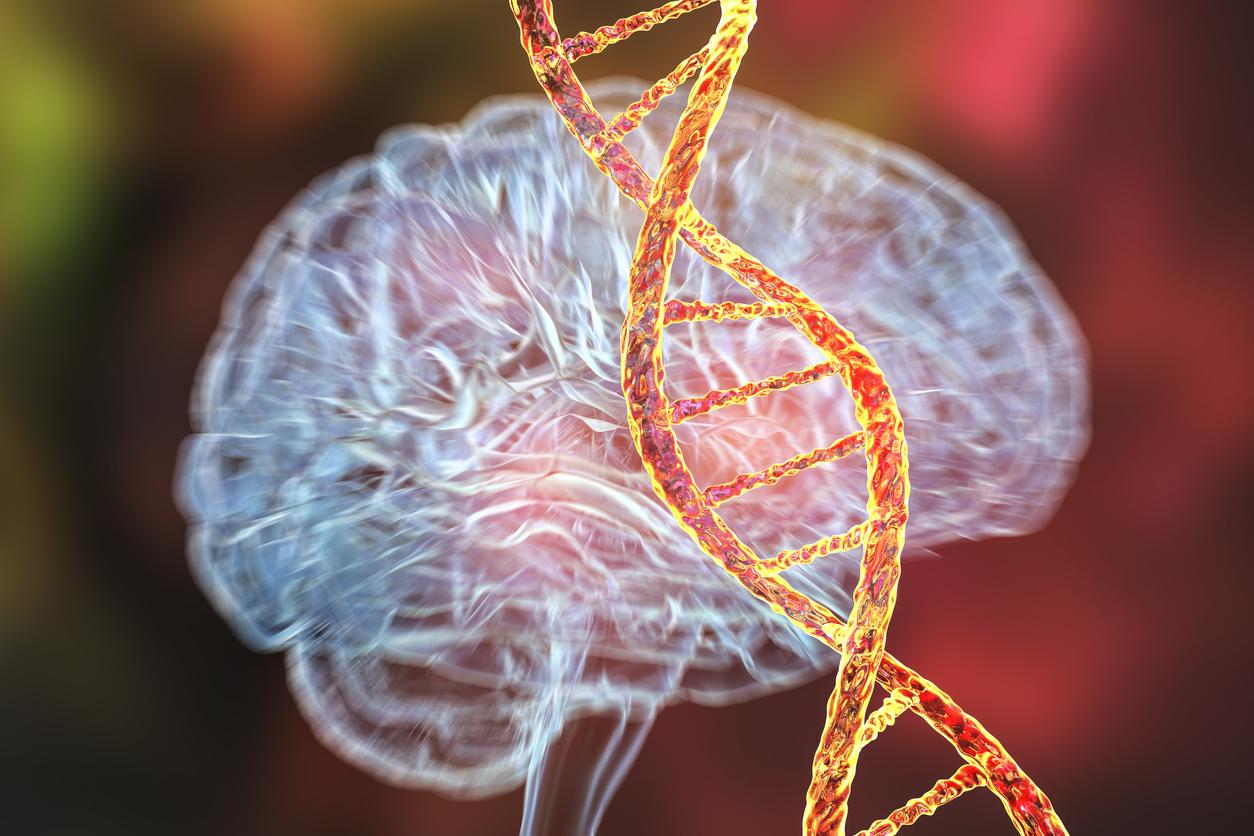Deleting a specific gene in fat tissue could prompt the body to speed up metabolism and burn more calories.

- The HIF-prolyl hydroxylase (PHD2) gene, an oxygen sensor for the body, is present at high levels in brown adipose tissue, a type of body fat that is activated in cold temperatures to help keep us warm.
- Its inhibition causes mice and human cells to burn calories even when they are not exposed to cold temperatures.
- Eliminating PHD2 could therefore help protect the body against type 2 diabetes and other metabolic disorders.
Brown fat helps the body burn calories by breaking down blood sugar and fat molecules to create heat and maintain body temperature. In general, people often lose weight and have a faster metabolic rate at altitude, where it is cooler and there is less oxygen. “Thus, enhancing the thermogenic function of brown adipose tissue is a promising therapeutic strategy for metabolic diseases often associated with obesity, such as type 2 diabetes.”said scientists from Nottingham Trent and Edinburgh Universities in the United Kingdom.
Mice lacking the fat tissue gene burned 60% more calories
That’s why, in a new study, they focused on the HIF-prolyl hydroxylase (PHD2) gene, which is found in high levels in brown adipose tissue. It functions as an oxygen sensor for the body and plays an important role in regulating brown fat. To carry out the work, the team conducted an experiment on mice, specifically deleting the PHD2 gene in their brown adipose tissue. Then, the animals were placed in a warm environment, i.e. in conditions where brown fat is not present.
“Adipocyte-PHD2-deficient rodents maintain higher energy expenditure with greater thermogenic capacity,” can be read in the results published in the journal Nature Communications. So deleting the gene mimicked the effect of high altitude on fat, tricking the tissue into thinking it was hypoxic, meaning it was getting lower levels of oxygen. The authors also observed that while the mice ate significantly more, those without the gene burned essentially more fat and 60 percent more calories than animals with the gene. Also, the signs of poor metabolic health typically associated with excess weight were not present in the mice without the gene.
Obesity: “Targeting this gene could open the way to new strategies for maintaining weight loss”
Then the researchers also looked at the blood of more than 5,000 participants. This analysis showed that levels of the PHD2 gene were higher in those with more belly fat and that the gene was associated with an increased risk of metabolic disease. “So reducing the effect of this gene could break the link between being overweight and type 2 diabetes, meaning our findings could be important for people at increased risk of this disease. Although it is still early and more research is needed in humans, targeting this key gene could open the door to new strategies for maintaining weight loss.”concluded Zoi Michailidouauthor of the study.


















